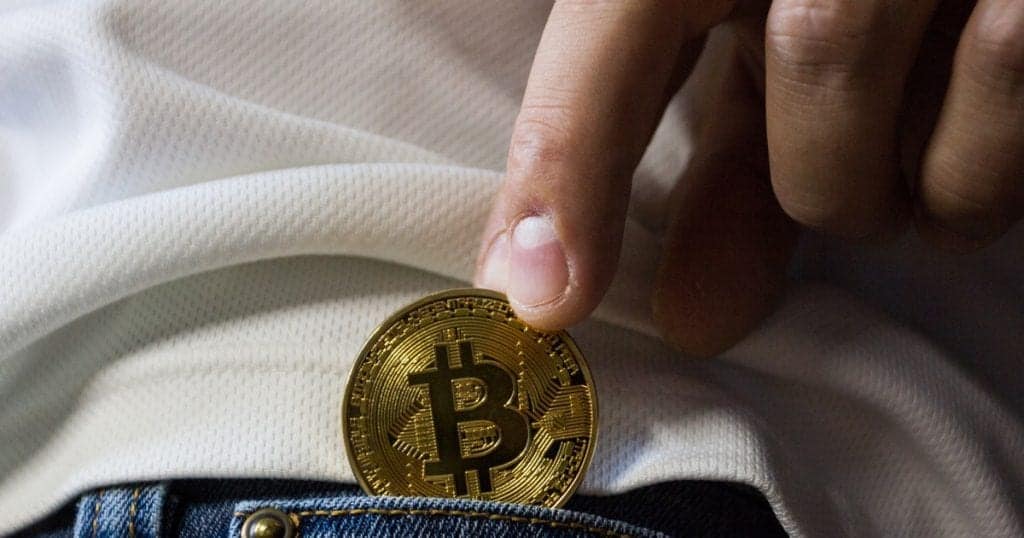
Thinking Like a Long Term Trader
Thinking Like a Long Term Trader
Managing money was an enlightening experience to say the least. In my brief 4-year foray of doing it for a living I came up against some of the typical emotional responses that people generate when placing their own money on the line in the market place. This article discusses some of those nuances to hopefully make you aware of them and in turn allow you to overcome them within your own trading. However to prove my point I will base the article on the short history of the ASX DIscretionary Portfolio. Perhaps you have already formed an opinion of this style.
Because trading can be intensive, that is we’re constantly aware of the balance of the account at every turn, we tend to lose sight of the bigger picture. Let us assume you give your money to a fund manager, who, after 12-months, returns 40%. I’d suggest you would be happy. You wouldn’t question what has occurred during that 12-month journey and you have rightly accepted the outcome. What if that fund manager had actually made that whole return in the last month of the 12-month period? What would your response have been if you were able to watch that evolve? Chances are that you may not have stayed with the program after a certain period because nothing was occurring. In other words, your emotions would have taken control and you may well have terminated the program before the journey was complete.
Beginners Cycle
This is normal whether trading or investing. I call it “The Beginners Cycle” because it’s mainly seen when people start out in trading. The issue is that that only a small fraction of new traders overcome it and it all comes down to understanding why profits are made and what the journey in realising those profits entails. Trading is not linear. Your equity curve will not simply go straight up month after month. You expect it to though. Not only will your equity curve not go straight up, it will gyrate in fits and starts.
I used to commute into the Sydney CBD from the northern suburbs. The journey seemed straight forward, but in peak hour traffic you run into issues. Traffic jams, stopping at the lights, you get hung up after a breakdown or at the toll gates. After running into the same issues each day you find that you’ll naturally take alternate measures. You decide that you will take a different route to beat the jam. You start to back track, going down side streets. But you then find that others are thinking the same thing and all of a sudden you come back to the same predicament that you’re attempting to get past in the first place. The bottom line is that the journey being undertaken, in this case travelling in peak hour traffic, has certain nuances that cannot be overcome. They simply must be dealt with.
Equity Curve Growth
Trading is the same. Your equity curve growth will not be linear. It will consist of stops and starts and back tracking. It will also consist of changes, modification, doubt and other emotions all of which create frustration and in turn lead to further excursions away from the journey. One typical reaction is to take a profit when it appears. But that is the exact opposite action that should be taken. You see, one thing with trading is that 80% of the profits are created from 20% of the trades. If you cut the profit potential of those 20% then you start to destroy your ability to actually be profitable.
Positive Expectancy
Remember what positive expectancy is all about. It’s about how much you win when you win and how much you lose when you lose. You can control how much you lose by limiting those losses using a protective stop-loss. Whilst you cannot control the profit potential you can adversely curb that profit potential by taking profits early. This is core element that most people do when they decide they wish to take a short cut down the trading path.
ASX Discretionary Portfolio
Let’s use some real time data to support this. The ASX Discretionary portfolio has completed approximately 34 trades since February for a low of $901. Basic observation suggests that it may be best to take some profits whilst they appear because you have seen some profits given back and you’d prefer to take them when they come along. So, let’s take the exact same trades and position sizing as we’ve been doing within the Discretionary Portfolio. However, when the market travels in your favour by 50% of the initial risk, you decide to exit 2/3rds of the position and run the balance 1/3rd as per the instructions. You are quite confident that the equity curve will become a lot smoother and should therefore be a lot more profitable.
Firstly the bottom line is a 30% deterioration in the loss to date. Instead of a loss of $901 we now have a loss of $1262. But…we have actually created a larger loss because of the extra transactions needed to exit partial trades. In fact out of the 34 completed trades, 19 needed extra transactions. Therefore the brokerage bill increases by 55% as would the potential cost of slippage. The more transactions you make, the higher the incidence of slippage will become. Add on to that the extra work load of calculating the various new orders and then placing them into the market. It all adds up, but in the negative.
Partial Positions
Removing partial positions when they show a small profit is the exact opposite of what should be done, yet it is discussed by some well known traders. Joe Ross is certainly one that says this is the correct thing to do. But mathematically what you do is take a full loss on a full position yet only ever ride a sustained trend with a minimal position on. It simply makes no sense – unless you’re looking for immediate comfort. Immediate comfort however will eventually get the better of your account because expectancy will always catch up with you. What one needs to do is take a loss within the smallest position on, yet ride a sustained trend with the largest position. Pyramiding is the best way to do this. Defending the risk – which is what we do within the Discretionary Portfolio – is also another way to do it. Either way, we keep a tight lid on the inevitable losses but ensure that we allow every ounce of profit to be squeezed out of a trade when it’s going in the desired direction.
Creating positive expectancy is the physical side of trading one could say. The emotional side is in knowing and accepting that positive expectancy will take time to show itself. It will occur – if you allow it. A lot of material is written on trader psychology, but rarely does it focus on the usual journey of trading and what that actually involves. When travelling into the CBD during peak hour travel we know what to expect and most people accept it and just get on with it. But when it comes to trading the expected journey is really an unknown and therefore the ability to accept all that it offers is difficult to grasp and is why so many fail. Think positive expectancy and think of the next 1000 trades.


